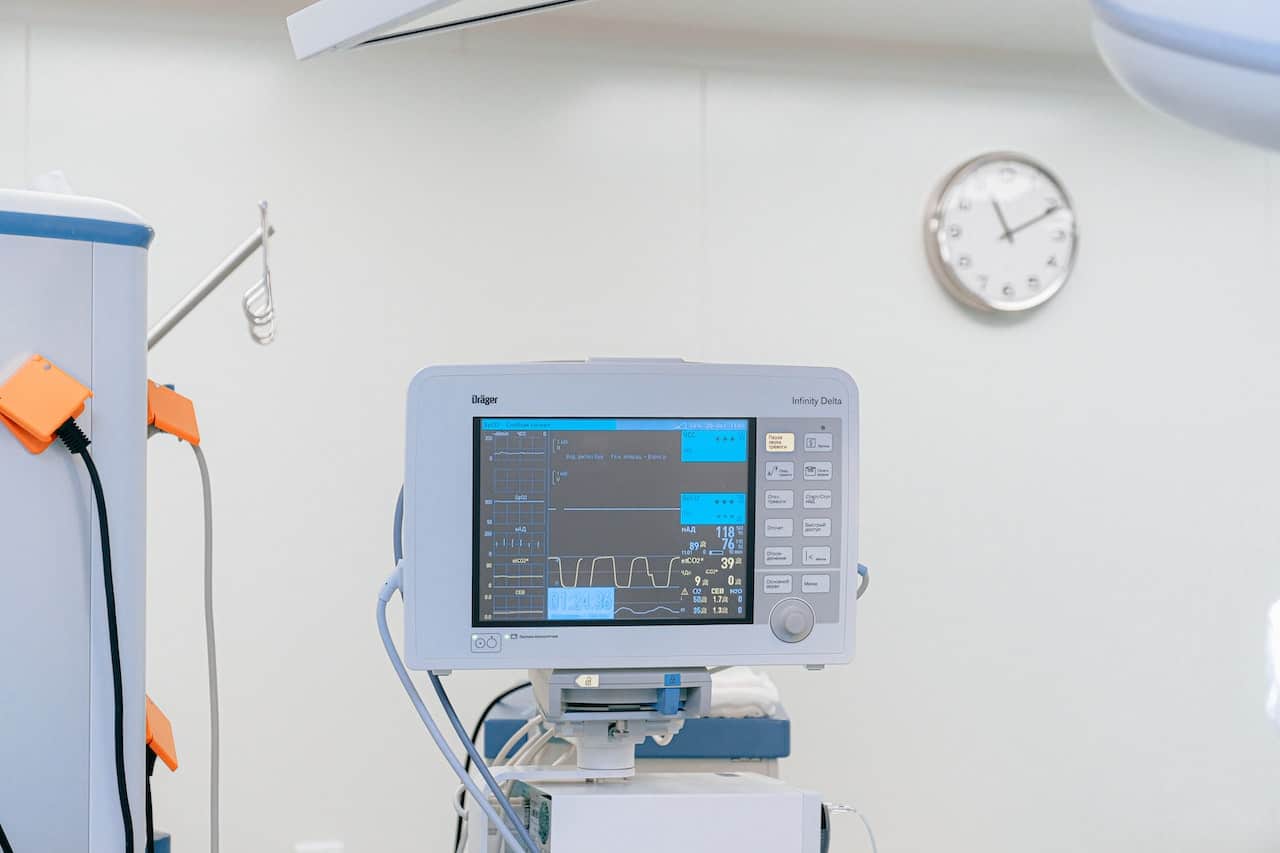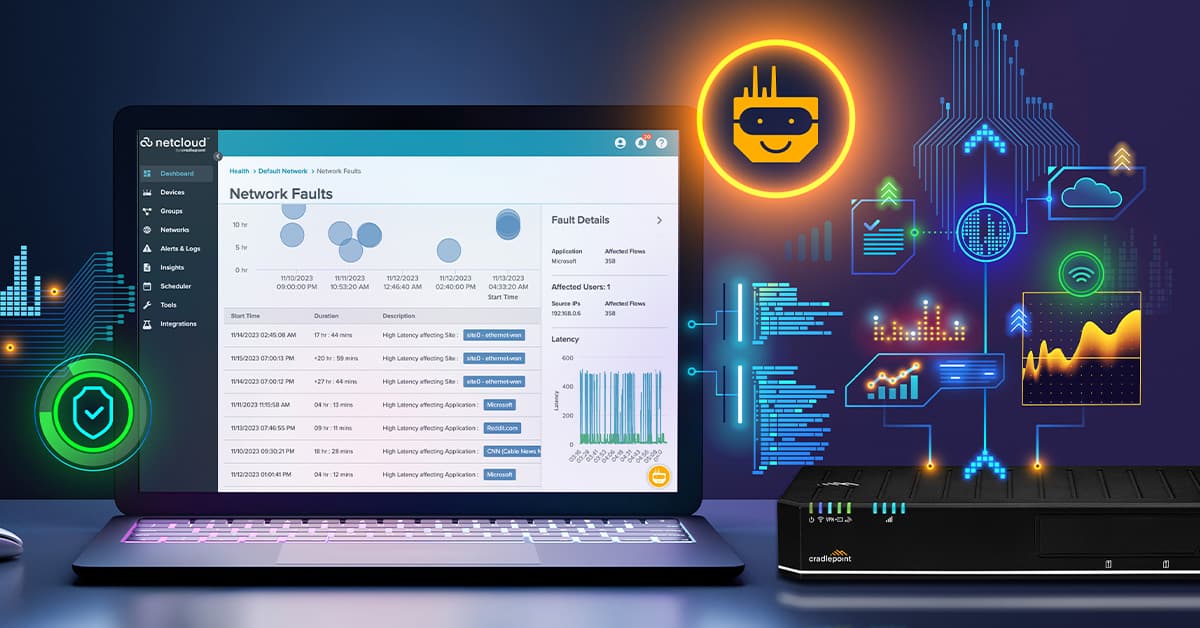Choosing the Right Electronic Components for Your Projects – Technologist
At present, the mainstay of electronic goods is driven entirely by electronic components: from the smallest hobbyist products to great industrial systems. For people who make electronics, engineers, and designers, the selection of components can make the difference between a good project and possibly having to put it off. This definitive guide will help you choose the right electronic parts to bring your next project to life.
Whether you are prototyping a new IoT device, designing your next AVR microcontroller circuit, or creating custom PCBs for subassemblies, the products, tools, and resources in this definitive electronic components guide can help you select e the optimal parts and associated materials to suit your specific needs. Most electronic circuits are powered by a handful of key components, each powering a different portion of the device. We will walk through a wide variety of intricate options available for these component categories such as resistors, capacitors, transistors, integrated circuits, and many more.
We’ll also discover general buying considerations like voltage rating, tolerance levels, and packaging style. Learn how factors like intended application, operating environment, and design complexity impact component choices. From surface mount to through-hole parts, breadboard friendly to high power, this guide arms you with the knowledge to source the ideal components for your unique project needs. Read on to demystify electronic component selection, gain essential knowledge, and get your next big idea off the drawing board and into reality.
Understanding Electronic Components
Electronic components provide the functions required to build electronic circuits. Here we cover some of the most common and essential component types.
Resistors and Capacitors
Resistors restrict current flow. They are used to limit current to other devices like LEDs or transistors. Resistors come with resistance values from less than an ohm to over 1 gigaohm. Factors like tolerance, temperature coefficient, and power rating must be considered.
Capacitors store electric charge temporarily. They are used for filtering signals, energy storage, timing, and tuning. Capacitor values range from picofarads to farads. Dielectric type, voltage rating, capacitance tolerance, and equivalent series resistance (ESR) are key parameters.
Transistors and Diodes
Transistors amplify current or switch signals on/off. Its types consist of bipolar junction transistors, field effect transistors, and insulated gate bipolar transistors. Important parameters are maximum collector current/drain current, transition frequency, and voltage ratings.
Diodes are components that allow current flow in only one direction. Signal diodes, Zener diodes for voltage law, and light emitting diodes (LEDs) are a few common examples of diodes. Key ratings are maximum repetitive reverse voltage, forward current, and power dissipation.
Integrated Circuits and Microcontrollers
The Integrated Circuits bundle multiple digital components like transistors and resistors into a chip. Some examples consist of operational amplifiers, voltage regulators, and logic gates. Factors are supply voltage, input/output levels, propagation delay, and package type.
Microcontrollers are ICs with a microprocessor core, memory and programmable input-output. AVR, PIC and ARM examples of types. Consider clock speed, flash/RAM memory, peripherals like ADCs and UARTs, and packaging.
Selecting Components for Your Project
Choosing the right electronic components requires carefully defining your project requirements and matching components to meet those needs.
Defining Project Requirements
The first step when selecting electronic components for any project is detailing requirements like:
- Functionality – What functions need to be implemented? This drives component types needed.
- Environment – Will the circuit be used indoors or outdoors? What temperature, humidity, vibration conditions must be handled?
- Power – What are the input voltage, current, and power levels? Any special power supply requirements?
- Performance – Speed, accuracy, noise, and other parameters that impact component selections.
- Size – Form factor limitations or portability needs that constrain component sizes.
- Cost – Budget available for components. Balance performance vs cost tradeoffs.
Component Specifications and Ratings
Once requirements are defined, compare component specifications to your needs. Key parameters include operating voltage/current, tolerance/accuracy, power/temperature ratings, package style, and environmental ratings.
- Operating voltage/current – Must match power supply and load power levels.
- Tolerance/accuracy – How much variance from nominal values is acceptable?
- Power/temperature ratings – Components must be sized to handle expected thermal loads.
- Package style – Through-hole, surface mount, or other form factors.
- Environmental ratings – Temperature range, humidity limits, etc.
Sourcing Strategies
You can obtain these electronic components through different distributors, manufacturers and online marketplaces. Electronic component distributors like ICRFQ offer a wide variety of hard-to-find components. Manufacturers provide you access to custom or high-quantity parts, directly from the suppliers. The individual and surplus parts from many vendors are offered by online marketplaces.
Design Principles and Best Practices
When you understand the proper design techniques and component selection practices, it will help you optimize your circuit’s performance, reliability, and manufacturability.
Circuit Design and Layout
What’s essential is careful schematic design and PCB layout use consistent conventions for symbols and annotations. You should try to partition sections by function with clear interfaces between blocks. Also, strive to minimize PCB trace length and never allow them to cross. Keep components with high voltage differentials or noise sources away from sensitive circuitry. Design for manufacturability by leaving room between parts.
Power Management
Supply a clean, stable power supply for all sections. Use capacitors, regulators and filters to condition power and reduce noise. Make sure components are well above expected current loads and temperature ratings and use protection such as fuses and current limiters. Arrange ground structure in “star” topology to keep ground loops to a minimum. Separation of digital and analog grounds with high current digital grounds is recommended.
Signal Integrity and Noise Reduction
We recommend you to select components that preserve signal fidelity for analog and high-speed digital circuits. Use transmission lines, impedance matching, terminations, and shielding to avoid problems with noise, jitter, and electromagnetic interference (EMI).
Create a spatial barrier between noisy and high-gain analog components to keep digital noise from leaking into low-level analog signals. You can also use ground planes, split planes, filtering, and decoupling capacitors to suppress EMI. By minimizing the length of traces on sensitive nets in your circuit, you reduce the loop area formed between these nets and any other nets in your circuit.
Read Also: Strategies for Managing Multiple Projects
Prototyping and Testing
Thoroughly testing your designs during development is critical to ensuring successful performance. This requires creating prototypes and utilizing appropriate testing methods.
Building Prototypes
Constructing prototypes enables real-world testing before finalizing a design. Useful prototyping techniques include:
- Breadboards for quick circuit assembly without soldering. Great for experimenting with component configurations.
- Perfboards with solderable copper traces allow creating more permanent prototypes. Good for complex circuit layouts.
- Dead bug or Manhattan style builds use point-to-point hand soldering. Provides flexibility with component placement.
- PCB fabrication services can produce custom printed circuit boards in low volumes. Useful for simulating final PCB design.
Testing Methods and Tools
Verifying function requires diligent testing. Common testing approaches include:
- Visual inspection and electrical checks using multimeters and oscilloscopes to characterize signals and power. Helps identify obvious issues.
- Functionality testing while energized confirms the circuit performs intended operations. Performs stress testing at environmental extremes.
- Automated test fixtures repeatedly run circuits through comprehensive test suites. Great for finding edge case flaws.
- EMI, temperature, and environmental chamber testing evaluates operation under real-world conditions. Important for products going to market.
Conclusion
Choosing the right electronic components is a critical step in transforming an idea into a marketable product. By effectively defining your project’s requirements and mapping them to the components you need, you can install a circuit that realizes your vision. Evaluating the many specifications and parameters that define particular parts, and following some basic design best practices, prototyping, and testing will help you keep your head above water in the sea of available components, and zero in on just the parts that are right for your application.
The component selection process might initially feel overwhelming, but a systematic approach ensures that you make the right choices. The time you invest to really understand your project goals, learn about the latest component technologies, and prototype performance will pay off when your design comes together with enhanced capability and reliability, guided by the principles in this guide. Armed with this knowledge, you can confidently source better components for a high-quality end product that performs exceptionally given your project’s unique requirements.


